As I looked around to make sure nobody was watching me, I lurked among “Red Cherry Lashes,” “Urban Decay Fast Easy Sexy Insta-lush,” and “Tartiest Pro Cruelty-Free Goddess.” It may sound like an S&M shop, but it was just the cosmetics aisle of my local drugstore.
My secret fetish started after I’d told a protégée half my age how lovely she looked. “I just had a makeover. I’m into falsies,” she revealed. Not padded bras: Eyelashes.
I wanted some! In the ancient past, I’d dolled up for proms, wedding albums, my brothers’ bar mitzvahs, and publicity photos. Yet as a middle-aged, married, feminist teacher, bare-faced in sweats while finishing a year-long deadline, “makeup” now meant a missed exam. I felt lucky that my undergraduates posted, tweeted, and shared my image online, but I was anxious about readings for an upcoming book that had taken years to finish. I no longer felt camera-ready for close-up selfies with teenagers. I was too frugal and needle-phobic for a facelift or Botox. But in my 50s, was more maintenance called for?
I’d never felt invisible, diminished, or ignored because of my age until, in a meeting, a 29-year-old literary agent revealed that my biggest asset to him was my roster of fresh-faced students: He was just chasing after the latest Internet star. But it threw me back to my midwest family where Dad and my three male siblings wouldn’t let me get a word in edgewise, less interested in my comments than having me clear their dishes from the dinner table. I’d escaped to college early, soon erasing my sweet-16 aspirations to be popular and pretty. My dual career emboldened me. After all, writing was a way to talk without being interrupted, as was being a professor paid for professing. I had no time for superficial regressions.
Read More: The End of My Love Affair with High Heels
Freshening Up Over Age 50
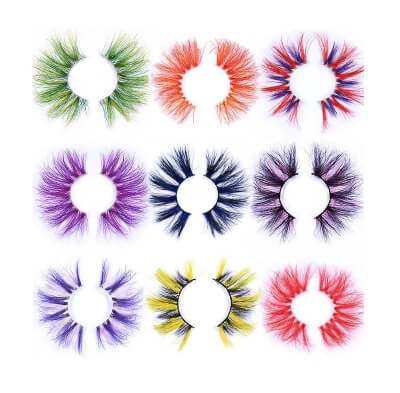
If only I could look a little younger, I convinced myself, my book would be a hit, and I could sell the next one. I already rationalized paying my hairstylist $100 monthly (to dye my tresses their original chestnut, trim, and blow dry) and getting a $40 mani-pedi, where I graded papers while getting spruced. I knew that during menopause my long hair would turn salt and pepper, nails would dry, and muscles might become less toned. But my brown oval eyes had always been my best feature. Nobody warned me that my once-thick lashes would thin and gray, too. To paraphrase Bob Dylan: Just when you think you’ve lost everything, you find there’s more to lose.
Nobody warned me that my once-thick lashes would thin and gray, too.
Still, I limited my desperate search for lost youth to my lunch break. With the help of my online fashion advisor Google, I tumbled down the eyelash rabbit hole, relieved they weren’t just for glamour-pusses or porn stars. Tons of extension salons—one on my very block—implanted individual strands of silk, mink, human hair, or synthetics on existing lashes semi-permanently. I was tempted to spend $150 and 90 minutes to get my fringe luscious again. “I know someone who tried and all her eyelashes fell out,” my student warned. “They didn’t grow back for a year.” Imagining teaching with alopecia eyes, lying that they were singed off in a fire, I sidestepped the (often unlicensed) aestheticians.
Combing stores and online beauty sites, I found a bounty of inexpensive add-ons that promised they’d last hours with no repercussions. Along with new lashes, I ran home with my cheap applicator, lash adhesive, and “Holiday Travel Case Set.” Alas, I poked my cornea while tearing up from the gluey liquid. This just wasn’t worth risking visual impairment.
Loving My New Look
“Oh, they’re nearly impossible to put on yourself,” explained my student, who pointed me to Sephora, the crowded national beauty chain. Buying $50 worth of products got you a free makeover where they’d affix the new lashes you just purchased. With my head buried in books and laptop, I hadn’t known that this was a thing! Since the Barnes & Noble where I’d be reading was next door, I splurged on the natural-ish lashes, lipstick, and concealer used by the artist who made my punim more shayna. My eyelids felt a little heavier, but they popped. Falling for the younger, softer, flirtier girl in the mirror gave me a rush. After the iPhone spurred Selfie Nation, no wonder Mad Money’s Jim Cramer advised investing in cosmetic companies and Pinterest christened fake eyelashes the top beauty trend last year.
Indeed, I was flattered in person, my photos liked by male and female strangers, more when another student airbrushed out my blemishes. (180 Instagram hearts!) Fueled by fickle web love and regressing to a high-school nerd suddenly popular at her prom, I perfected my routine. I found a smaller boutique around the corner that offered $4 lashes and free makeovers for just a small purchase. Twenty minutes, 20 dollars, instantly improved: what a deal.
I continued my delusion cross country. Before out-of-town events, I found adjacent book and makeup chains in Michigan, California, New Jersey, and Connecticut. My husband cooed: “You have your Susan eyes on.” I practiced batting my lusher lashes. If, as Shakespeare claimed, eyes were the window to the soul, why not decorative awnings?
Read More: Pro Tips for Getting the Best Results When Shopping for Products at the Beauty Counter
A Brief Lashline Timeline
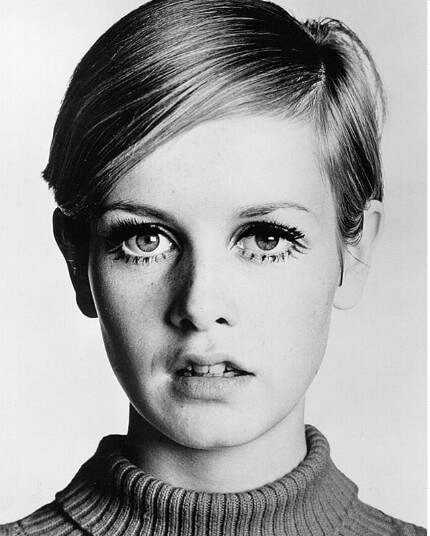
It turned out I’d succumbed to an age-old fascination. I learned that in ancient Rome they claimed that eyelashes fell out from excessive sex, so it was especially important for women to keep their eyelashes long to prove their chastity. (Perhaps pre-gaming the market?) By 1899, women had lashes implanted into their eyelids via needles. A Canadian named Anna Taylor patented the invention in 1911. They really caught on in 1916, when D.W. Griffith filmed actress Seena Owen’s eyelashes brushing her cheeks in Intolerance.
For her Reinvention Tour, Madonna wore a $10,000 pair of mink eyelashes studded with diamonds.
A 1930’s Vogue ad showed lashes of a “bewildering length,” later modeled by Marilyn Monroe and Rita Hayworth. Then Twiggy, Cher, Beyoncé, and J-Lo stole the optical mane mantle as makeup companies challenged wearers to find their “eye-dentity.” For her Reinvention Tour, Madonna wore a $10,000 pair of mink eyelashes studded with diamonds.
But nobody mentioned the downsides. What to do with my growing collection of fakeroonies in a bag in my loo? Unlike my books, Barbies, and foreign vacation tchotchkes, they weren’t worthy of shelf display, regifting, or charity donation. I felt guilty over my carbon lashprint. And my own reinvention tour hit snags. One evening before a holiday work soiree, three makeup places I’d frequented were overbooked. I heard magnetic lashes were inexpensive and glue-less, securing to each other and my lash line with tiny invisible magnets. I took to my powder room with a $12 pair. After two lost hours, caterpillar falsies splayed my cheeks. I backed out of the party, as if the eye show were more important than showing up: a red flag.
I heard the echo of the brilliant substance-abuse specialist who’d helped me quit smoking, drinking, and doing drugs warning me to “Beware all excitement, because it takes you out of yourself and you always have to go back to yourself.” I’d become too attached to false eye armor.
Fake Eyelashes: Time to Taper Off
Before a recent book event in Miami, I left time for a Sephora session, where the makeup artist affixed a $15 pair in two minutes. “That seemed quick. Are they really attached?” I asked. She assured me they were. Yet in the bathroom of the bookstore, I was appalled when my left lash came loose, threatening to fall and impede my ability to read. With no glue on me, I panicked.
I analyzed my vanity, materialism amid global warming, and clear denial of aging. Then I removed the fake strips—for good. I re-mascara-ed what was left and did a dynamite book talk. I saw clearly that nobody had come to gaze at my face, but to hear my words—a harder-won prize than youthful beauty, nobody conscious of my ordinary orbs but me.
***
Susan Shapiro, a Manhattan writing professor, is the author most recently of Barbie: 60 Years of Inspiration out this week from Assouline Books.

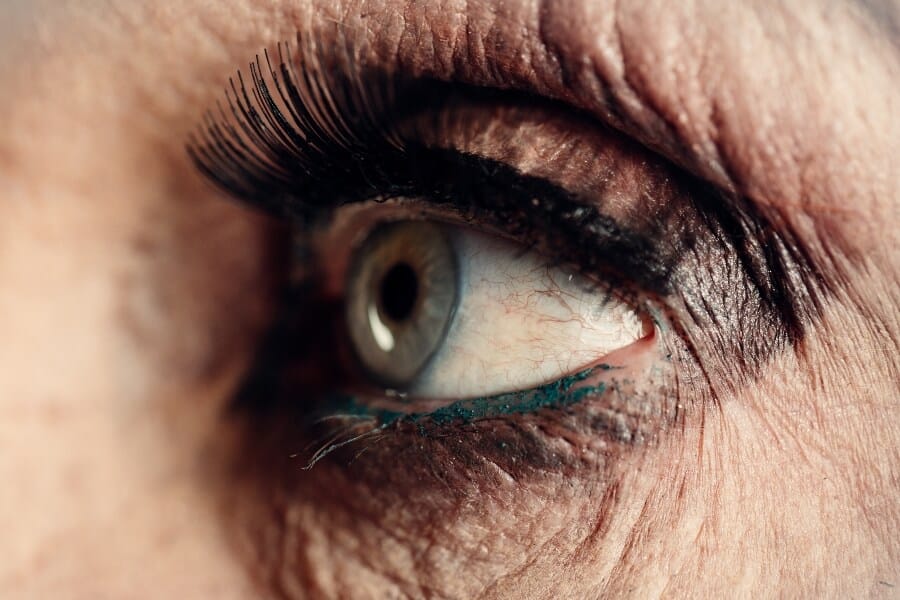
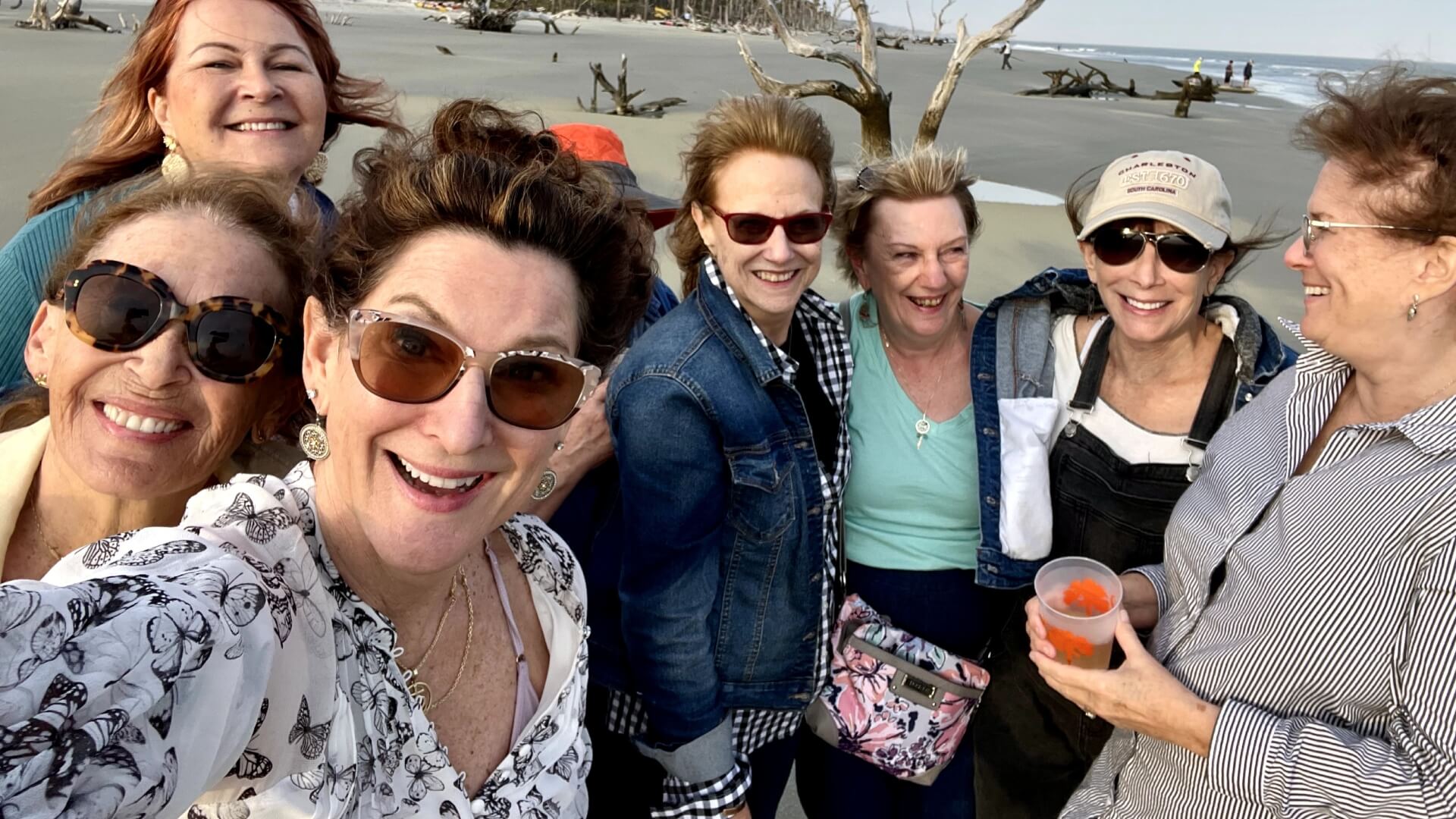
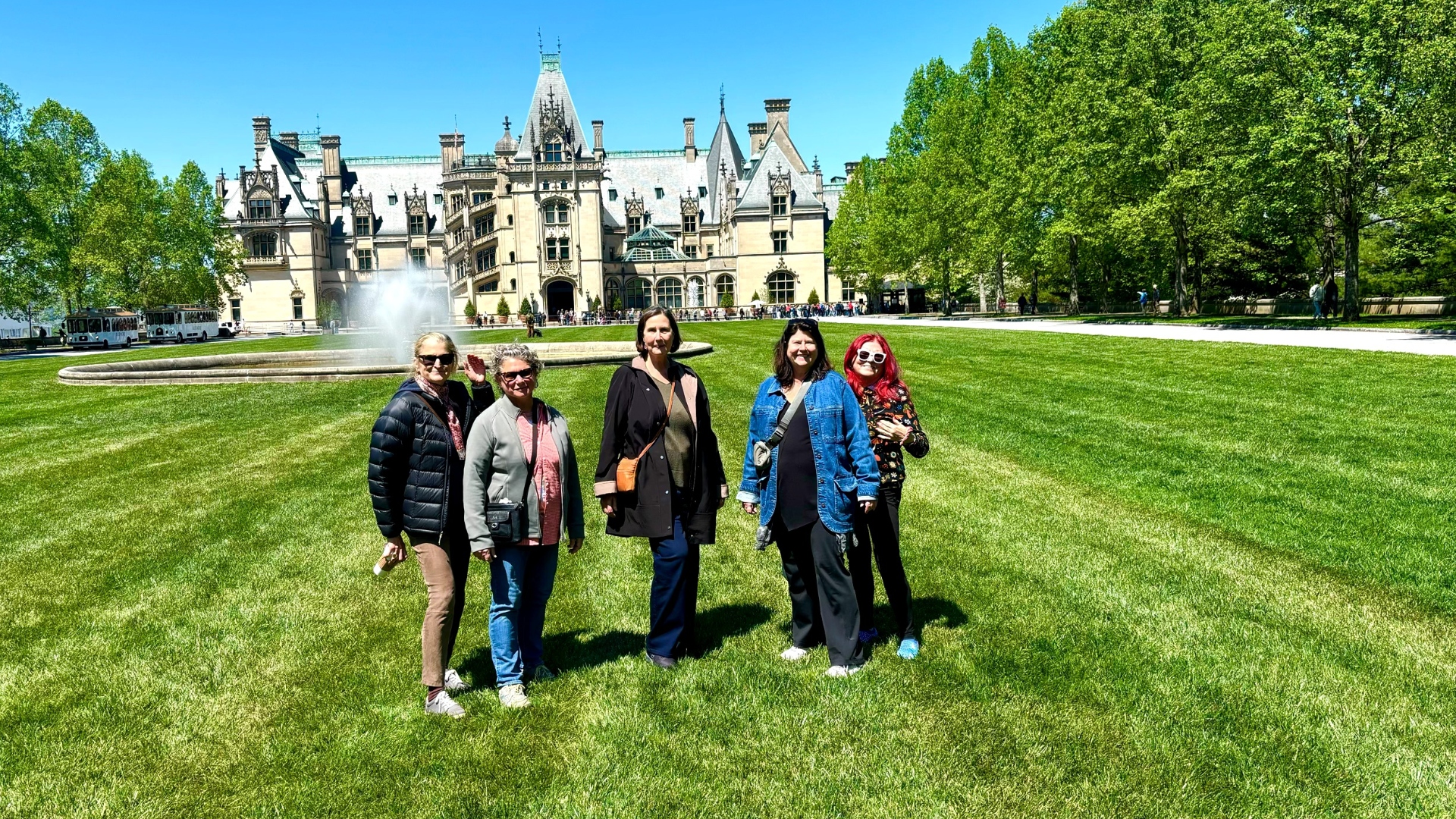
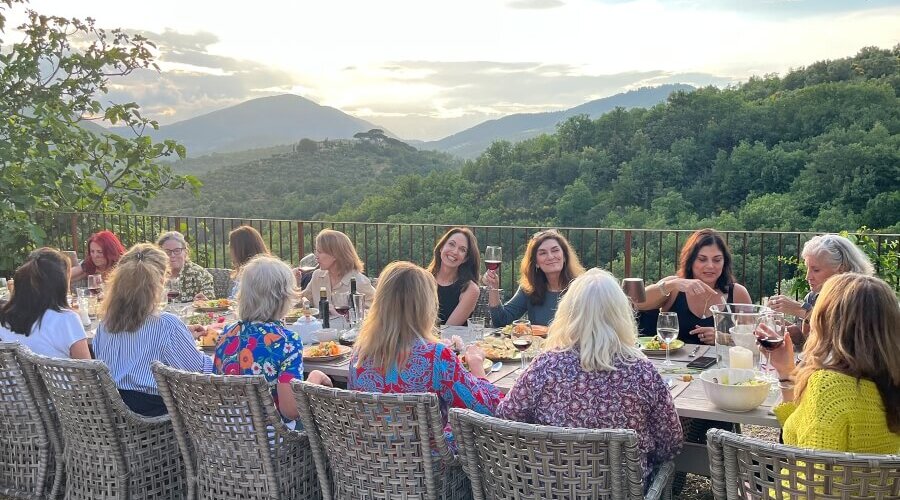
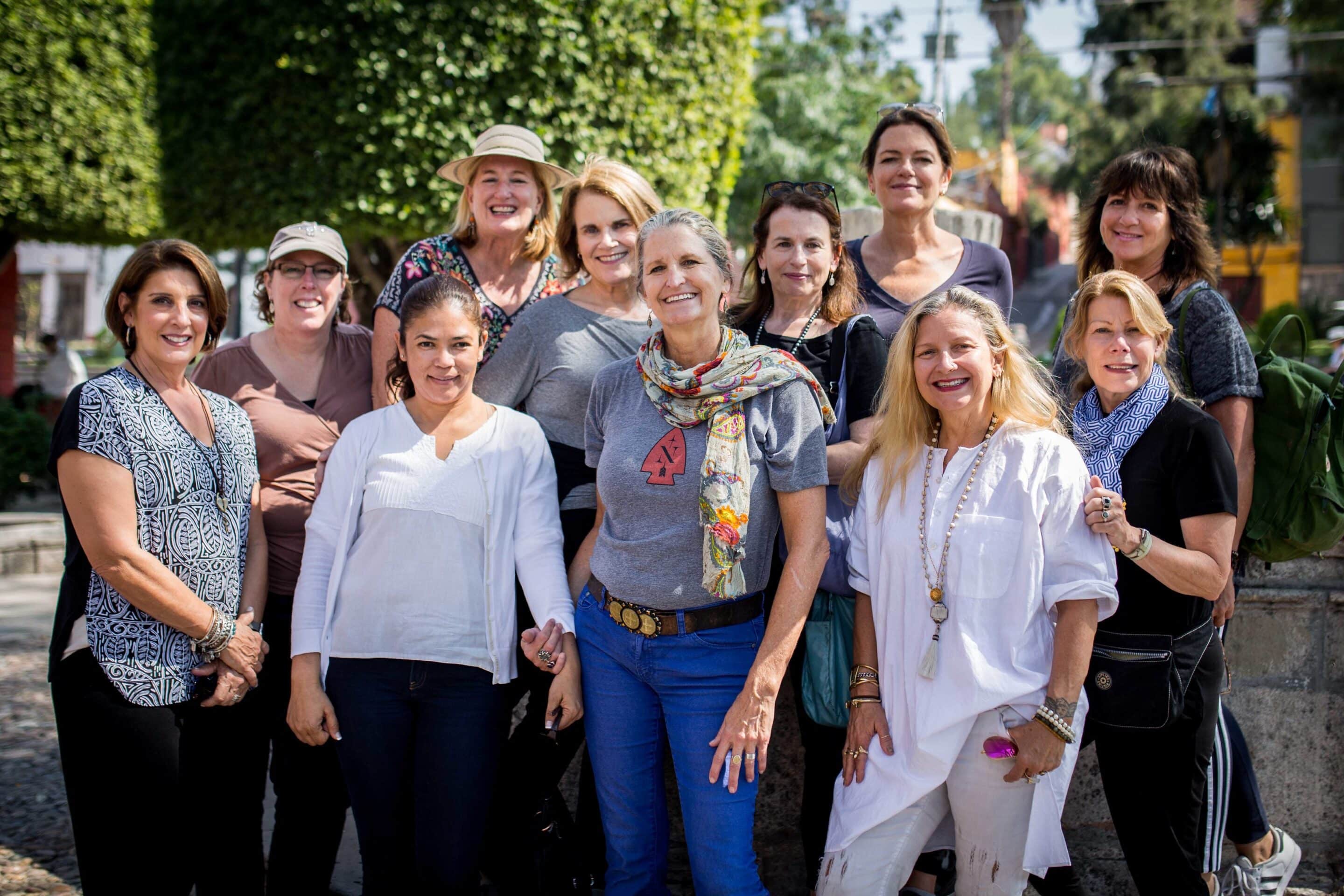
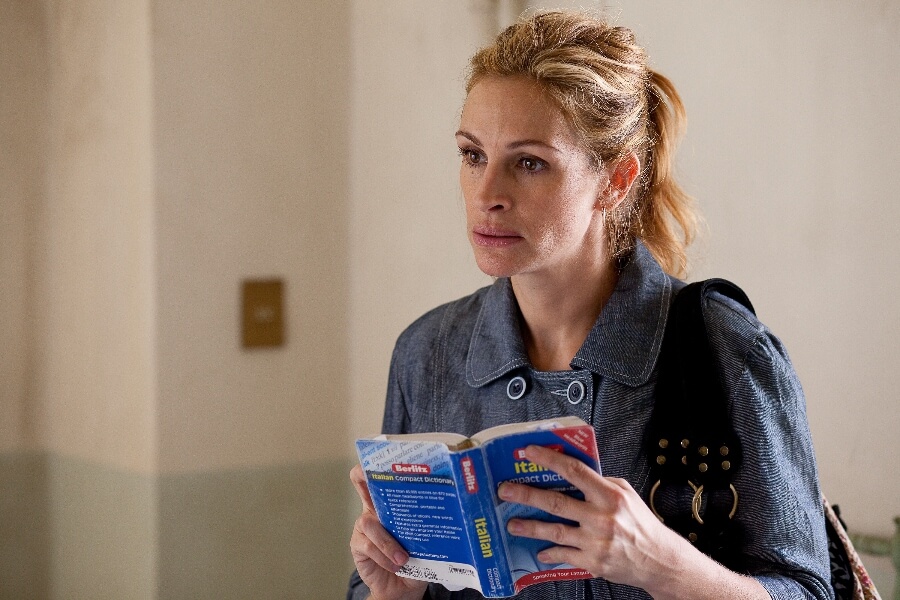

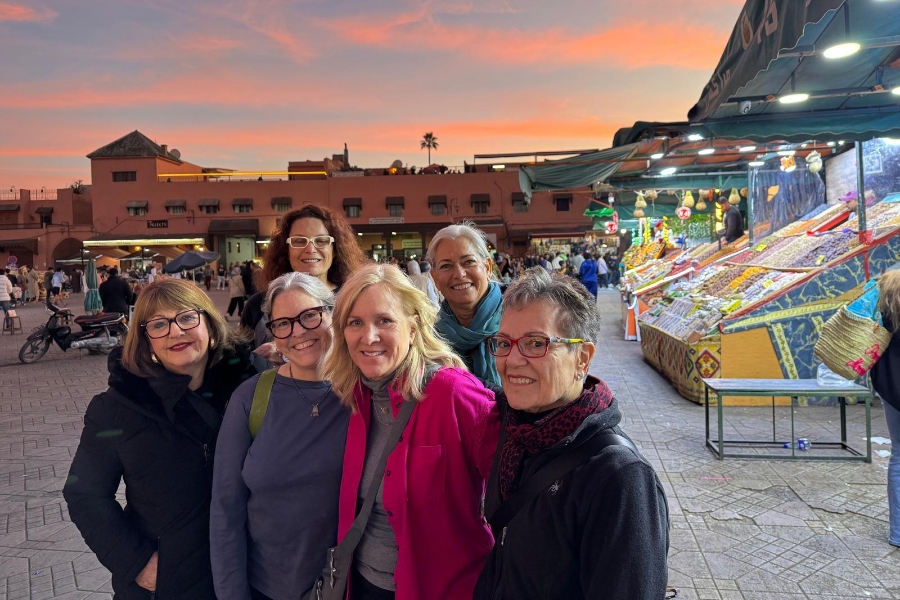


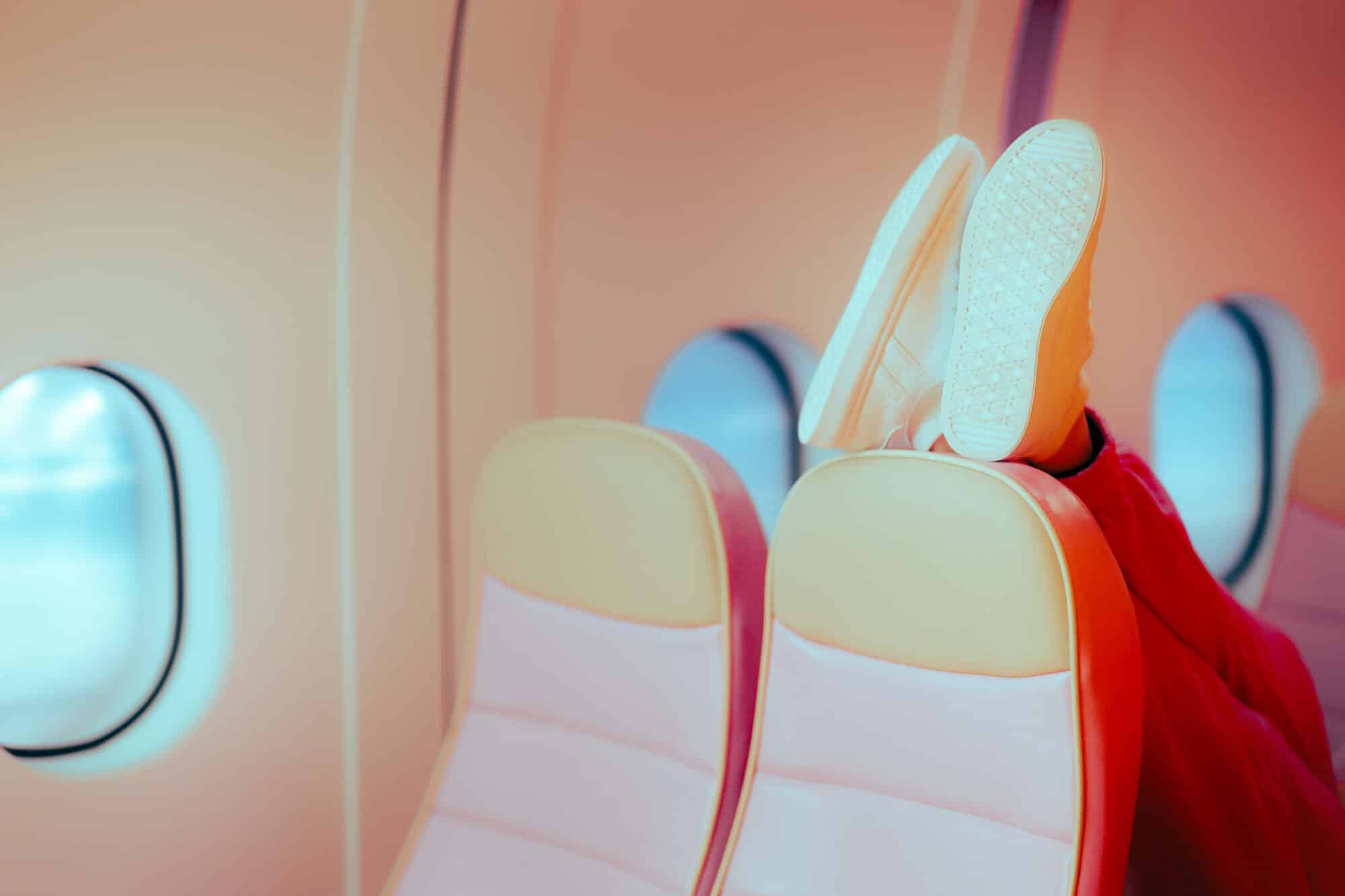
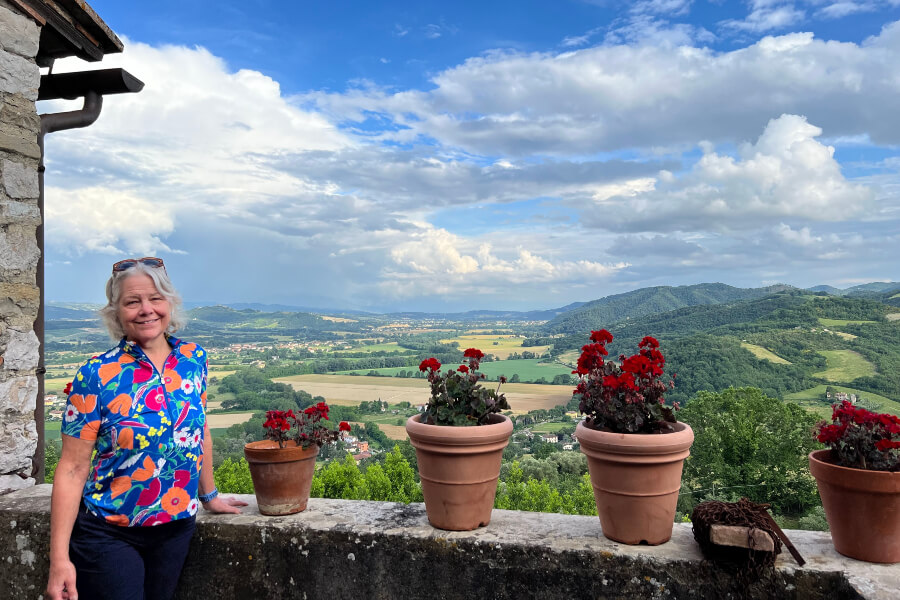
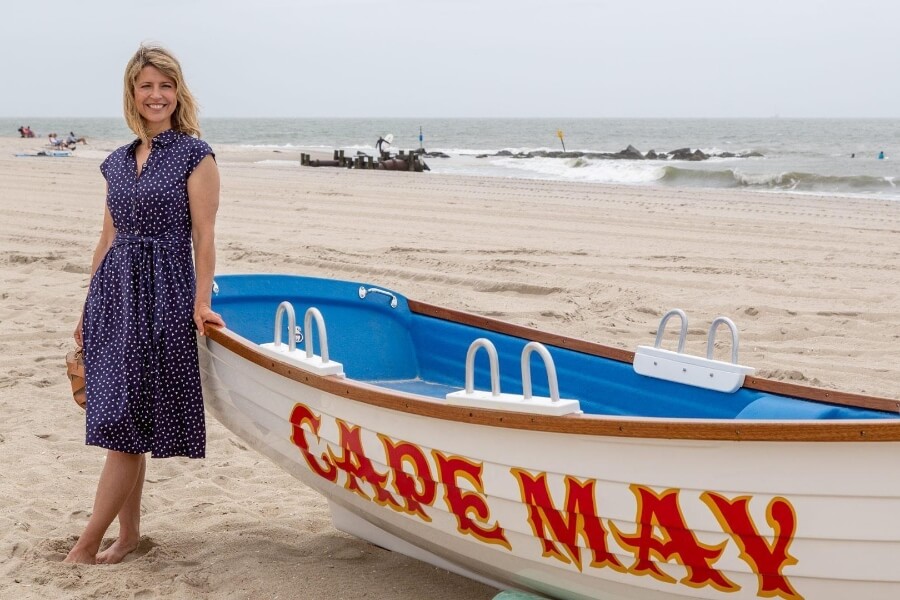
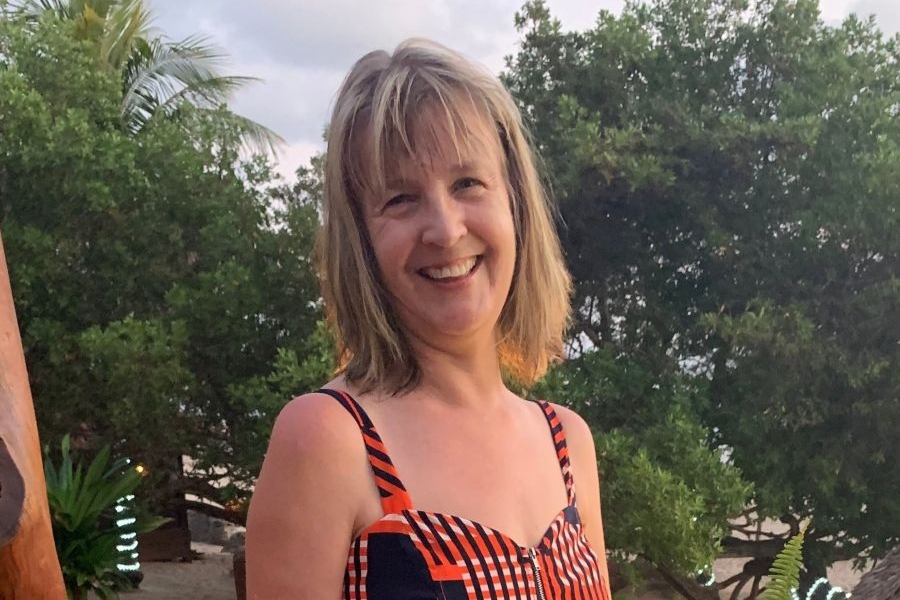
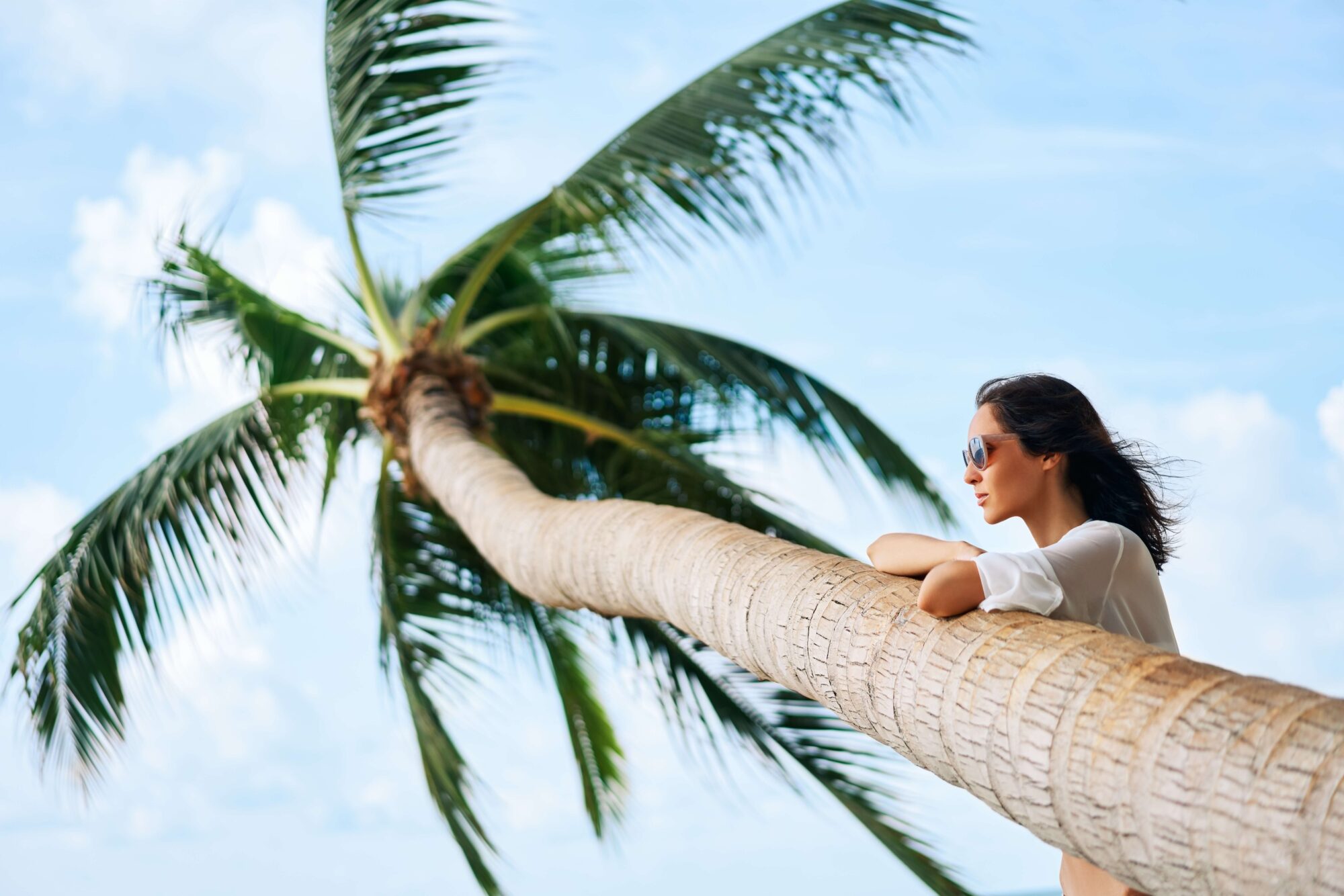

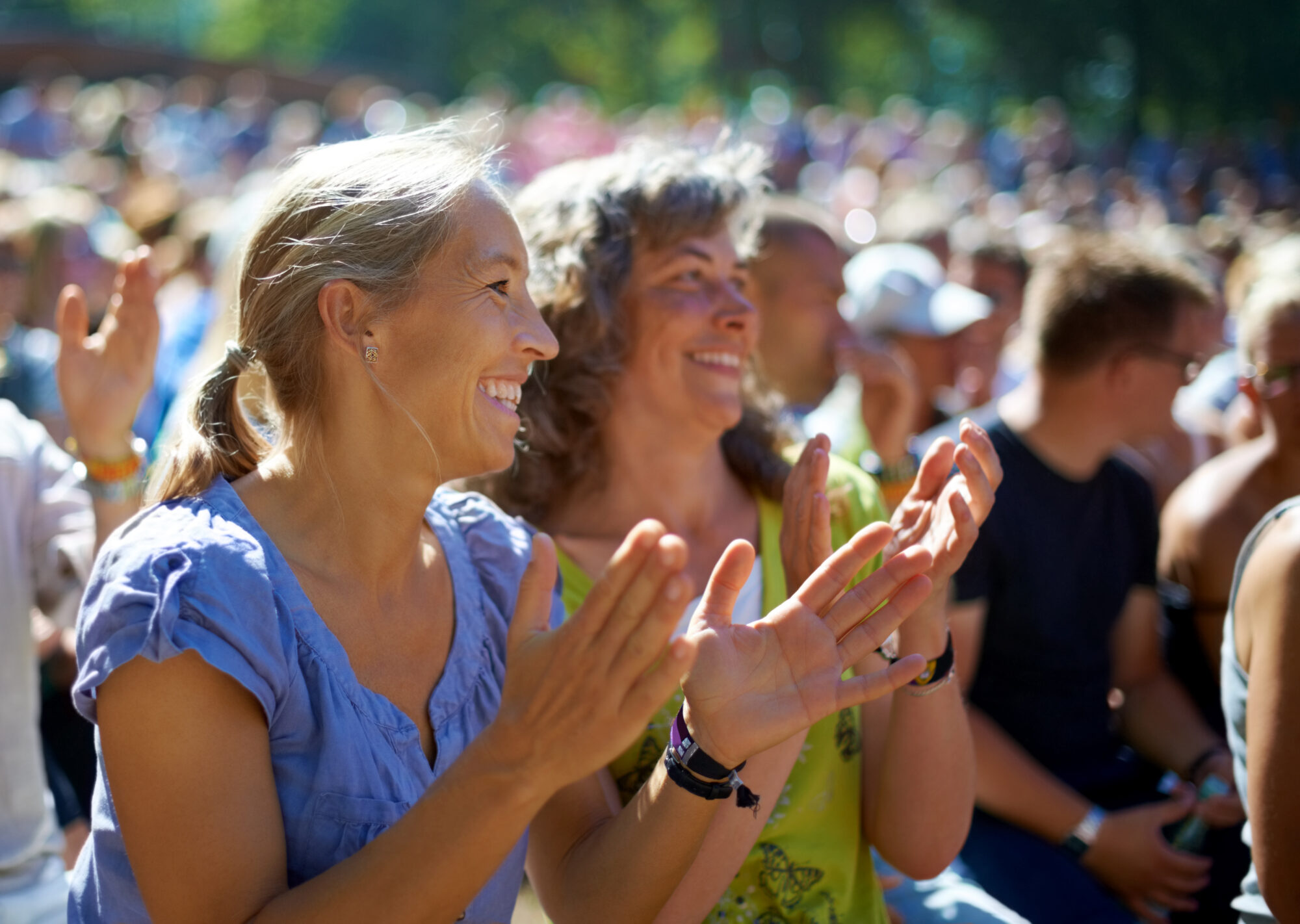


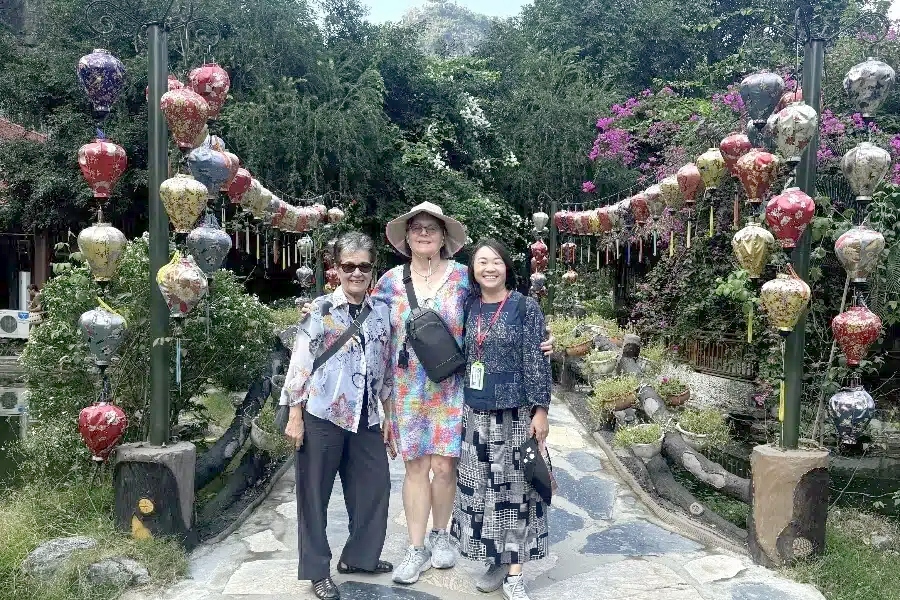
0 Comments